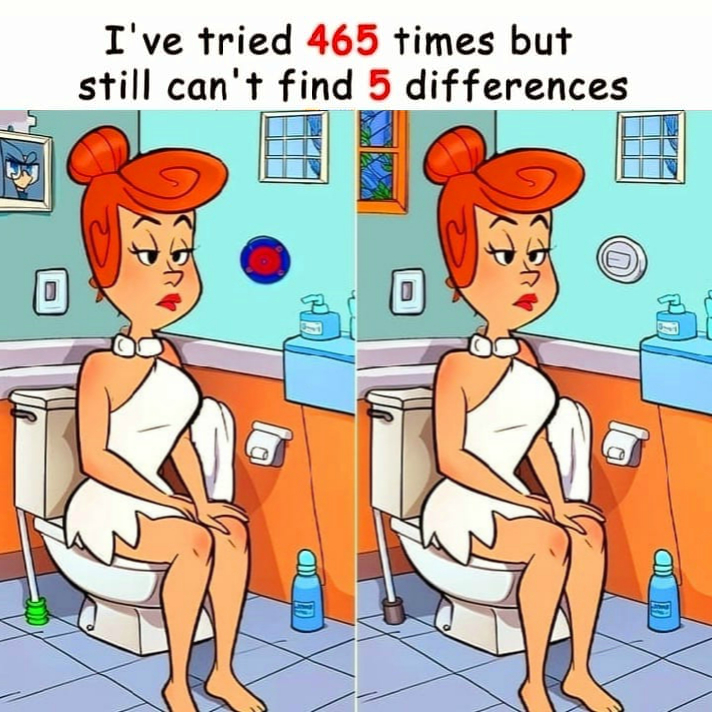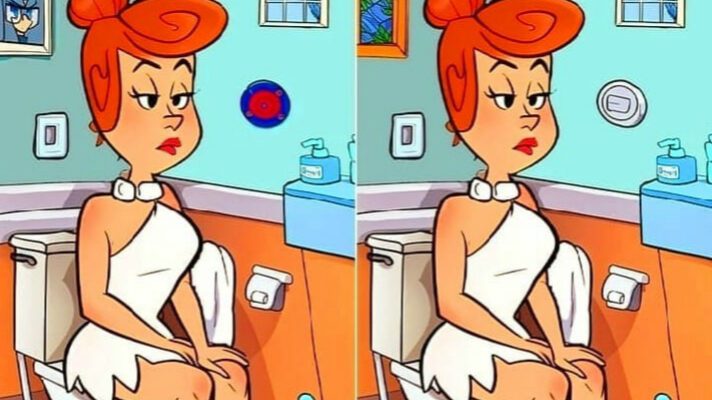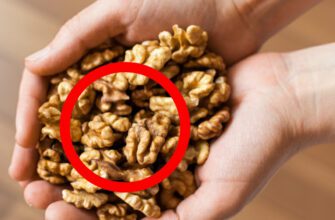Mastering the Bathroom Spot-the-Difference Challenge: 5 Sneaky Swaps You Can’t Miss
Why Spot-the-Difference Puzzles Hook Us
Our minds crave small victories—the tiny triumph of spotting a hidden change triggers a rush of satisfaction. That’s why “find the five differences” games, like the bathroom scene above, remain perennially popular. They’re quick to dive into, require no reading or special knowledge, and sharpen your observational skills in just a few minutes. Plus, who doesn’t love the challenge of pitting keen eyesight against an artist’s cleverly concealed tweaks?

How Visual Puzzles Strengthen Your Brain
- Boosts Attention to Detail: Scanning every corner of an image trains your brain to spot anomalies—useful for proofreading, quality control, and even everyday tasks like noticing that one mismatched sock.
- Enhances Visual Memory: Remembering which areas you’ve checked helps you avoid redundant searching and supports your working memory.
- Offers a Moment of Calm: Focusing on a lighthearted task diverts stress and cultivates a mini “flow state.”
- Accessible Fun for All Ages: These puzzles entertain toddlers through grandparents—no technical skills required, just sharp eyes and patience.
Meet the Puzzle: A Time-Pressed Lady in the Loo
Our scene features a stylish woman in a white dress sitting on a toilet in a pastel-tiled bathroom. On the left, her hair glows bright red, the walls are minty green and coral, and the floor sports neat gray tiles. On the right, subtle tweaks abound—colors shift, objects appear or disappear, and even the clock on the wall has whizzed in. Your mission: find five differences.

Pro Strategy: Conquer the Puzzle in Five Steps
- Divide and Conquer: Slice the image into quadrants—upper-left, upper-right, lower-left, lower-right. Tackle each quadrant methodically before moving on.
- Scan for Color Shifts: Color changes stand out quickly. Notice the wall plate, floor cleaner bottle, and hair ribbon.
- Hunt for Added or Missing Objects: Did someone sneak in a framed photo? Has a second bottle sprouted next to the toilet?
- Scrutinize Shapes and Sizes: Tile cracks, soap dispenser pumps, and switch plates sometimes alter ever so slightly.
- Mark as You Go: If you’re on paper, lightly circle each find. On-screen, jot a tally. This avoids repeated scanning and keeps you focused.
Spotlight on the Five Differences
- Round Wall Plate vs. Colorful Dial
- Left: A plain, gray flush plate
- Right: A blue-and-red circular dial
- Framed Picture Appears
- Left: Blank wall beside the window
- Right: A small framed portrait of a stern-faced plumber*
- Floor Cleaner Bottle Label
- Left: Bottle with a pink heart logo
- Right: Bottle sporting a blue star graphic
- Toilet Plunger Upgrade
- Left: Plain wooden plunger resting against the bowl
- Right: Modern green-and-black rubber plunger
- Window Glass Pattern
- Left: Plain frosted panes
- Right: Each windowpane features a leafy fern motif

Why These Differences Matter
These five changes—two color swaps, two new objects, and one pattern edit—might seem trivial individually. But together they create a brain workout, forcing your eyes to continually recalibrate. By mastering this kind of pattern recognition, you’ll find everyday tasks like spotting typos or missing items far easier.Advanced Tips to Sharpen Your Spot-the-Difference Skills
- Use Peripheral Vision: Rather than staring at a single point, let your eyes drift. Differences often “pop” at the edges of your vision.
- Monochrome Mode: Squint or convert the image to grayscale if possible. Remove color as a distraction and focus on shape changes.
- Rotation Trick: Tilt your device or paper 10–15 degrees. A fresh angle can reveal subtle misalignments.
- Time Yourself: Set a 90-second timer for a quick-fire challenge. Then beat your personal best on the next go.
Integrating Spot-the-Difference into Daily Life
- Morning Brain Warm-Up: Replace your social media scroll with a quick puzzle—five minutes to jumpstart focus.
- Family Game Night: Print multiple copies and race siblings or friends to see who spots all differences first.
- Classroom Activity: Teachers can use puzzles to reinforce vocabulary (“spot the ‘fern motif’”) and patience.
- Office Icebreaker: A printout in the break room sparks conversation—and a friendly rivalry—among colleagues.
 Conclusion: Celebrate Your Sharp Eyes
Conclusion: Celebrate Your Sharp Eyes
Finding all five differences in this bathroom scene may take focused scanning, a dash of creativity, and a sprinkle of strategy. But when you spot that last leafy windowpane or sassily plunger, the payoff is immediate—a tiny dopamine rush and a sense of triumph. Next time you see a “find 5 differences” challenge, lean in, divide the layout, and let your keen observation skills do the rest. Here’s to sharper eyes, quicker finds, and the simple pleasure of mastering every hidden twist!➕







